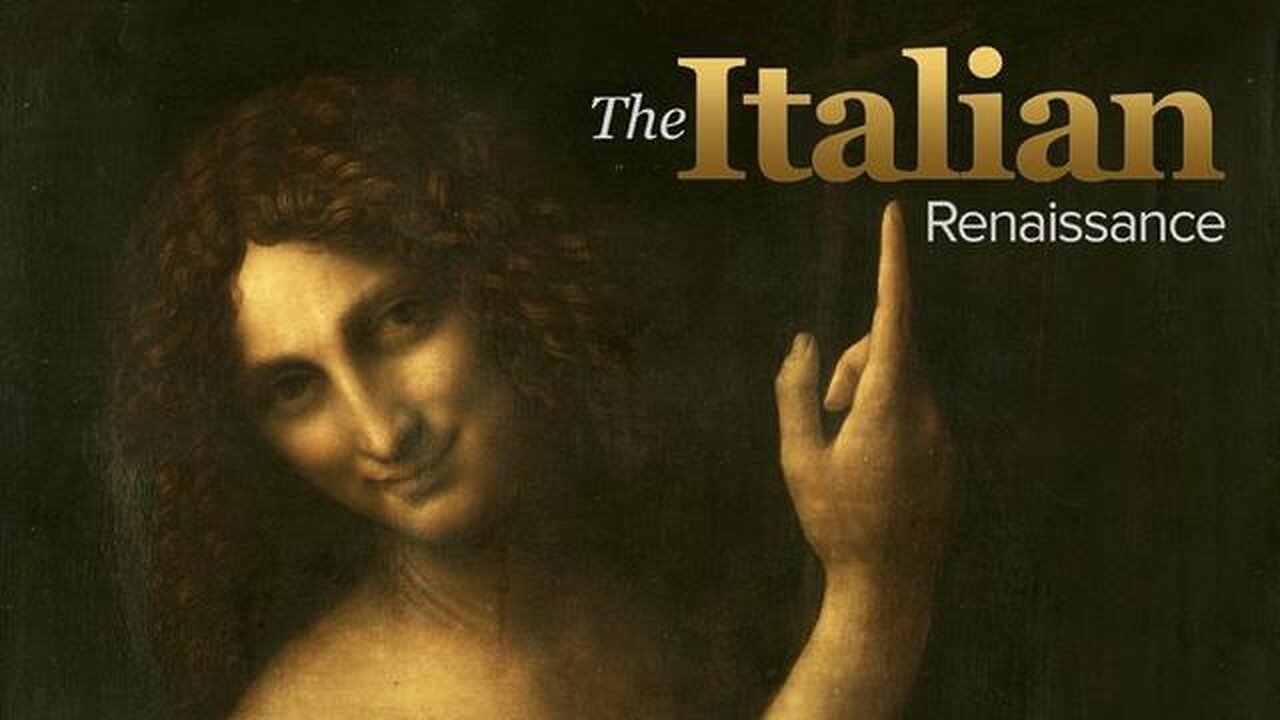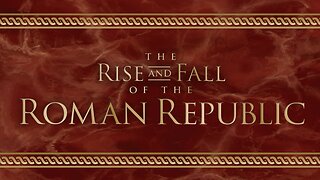Premium Only Content

The Italian Renaissance | Florence - The Creation of the Republic (Lecture 7)
Lecture 7: Florence was the cradle of Humanism and the Renaissance. By the mid-13th century, the city had become a rich, expanding center for the production of high-quality woolen cloth and a growing international banking industry. Huge new fortunes were being made by men whose families had only recently emigrated from the countryside. Florence also witnessed a complete victory of the Guelf faction over the Ghibellines, making it a leading pro-papal city.
However, despite their wealth and influence, these merchants were largely excluded from any role in the government of the commune, which was dominated by old aristocratic landed families (magnates) or old established mercantile families (grandi) who had earlier merged with the magnates. Moreover, the traditions of urban violence and family feuding made commerce difficult. The result was a bourgeois revolution in 1293, which established a republic founded on guild membership and shared responsibility. This republican constitution institutionalized mercantile ambitions and disenfranchised the magnate and grandi families and became the context for the Florentine Renaissance.
Primary Source Texts:
Kenneth R. Bartlett, “Florence in the Renaissance,” pp. 33–70, in The Civilization of the Italian Renaissance.
Secondary Sources:
Gene A. Brucker, Renaissance Florence.
Supplementary Reading:
John M. Najemy, Corporatism and Consensus in Florentine Electoral Politics, 1280–1400.
Iris Origo, The Merchant of Prato.
Lecture 8: https://rumble.com/v4xertl-the-italian-renaissance-florence-and-civic-humanism-lecture-8.html
-
 14:25
14:25
The Great Courses
1 month agoThe Rise And Fall Of The Roman Republic | The Importance of Rome (Lecture 1)
289 -
 2:10:15
2:10:15
Right Side Broadcasting Network
5 hours agoLIVE REPLAY: White House Press Secretary Karoline Leavitt Holds Press Briefing - 3/11/25
58.6K25 -
 2:06:00
2:06:00
The Quartering
3 hours agoTrump Goes NUCLEAR On Canada, Blasts Massie, Harry Potter Race Swap, Man Humiliated On TV Show
24.7K20 -
 1:03:09
1:03:09
The White House
3 hours agoPress Secretary Karoline Leavitt Briefs Members of the Media, Mar. 11, 2025
26.5K9 -
 1:07:03
1:07:03
Winston Marshall
2 hours agoEXCLUSIVE : Oliver Anthony On Life After ‘Rich Men’, The Christian Counter Culture and The Elites
10.6K5 -
 1:44:47
1:44:47
Russell Brand
4 hours agoDigital Censorship & Political Warfare: X Attacked, Rand Paul Rebels, Free Speech on Trial – SF551
85K16 -
 LIVE
LIVE
tastylive
3 hours agoLIVE Stocks, Options & Futures Trading with the Pros! (Market Open -> Close & More) March 11th, 2025
207 watching -
 1:35:59
1:35:59
Simply Bitcoin
3 hours ago $1.31 earnedTrumps Bitcoin Embrace TERRIFIES The EU | EP 1200
17.6K3 -
 2:00:05
2:00:05
The Charlie Kirk Show
3 hours agoThe Left Regroups + Deporting Hamas Lovers + Love Is Blind? | Rep. Donalds, Dr. Arnn | 3.11.25
78.5K10 -
 30:41
30:41
BonginoReport
22 hours agoTrump Pulls Ultimate Uno Reverse Card On Illegals (Ep.1) - 03/10/2025
120K514